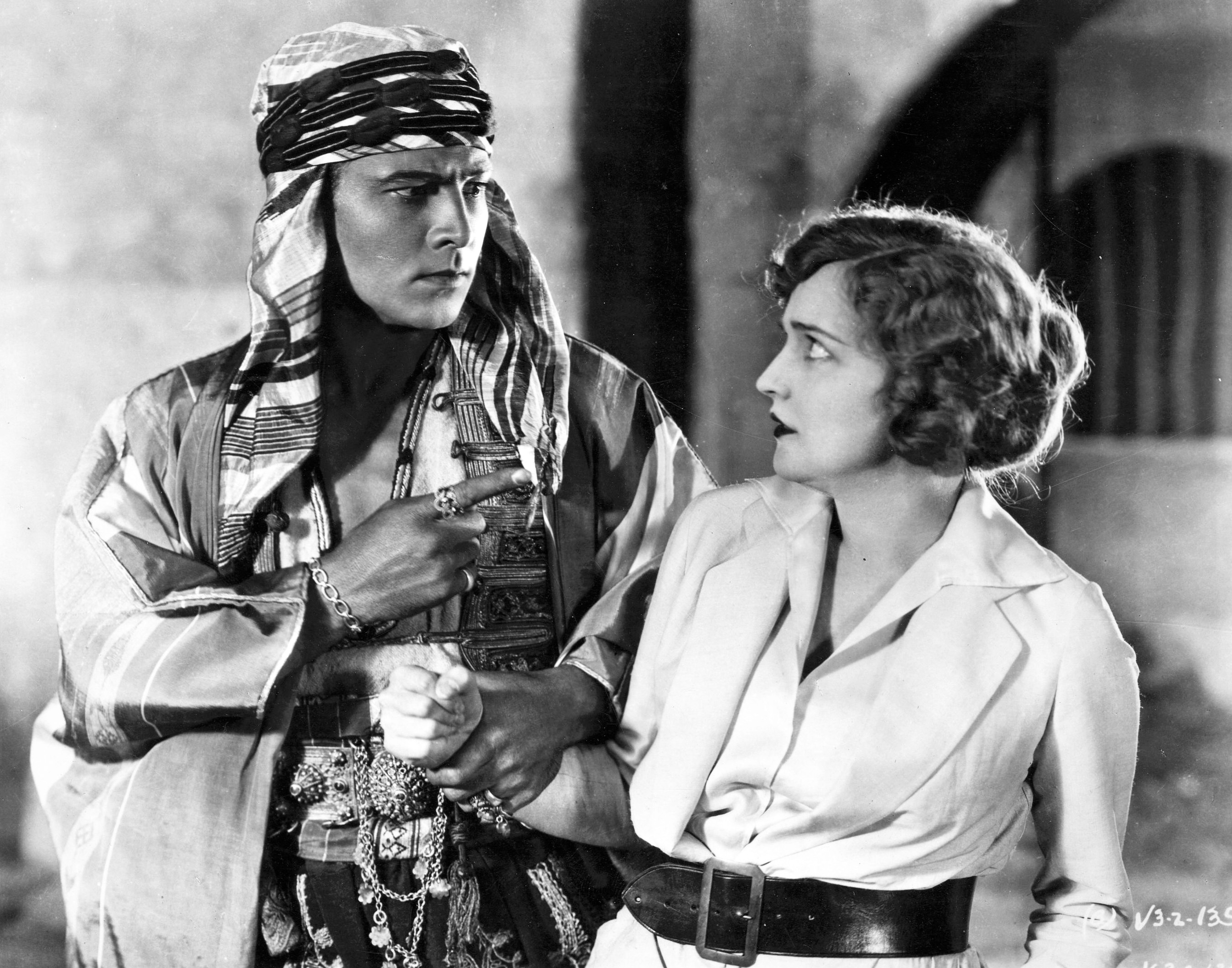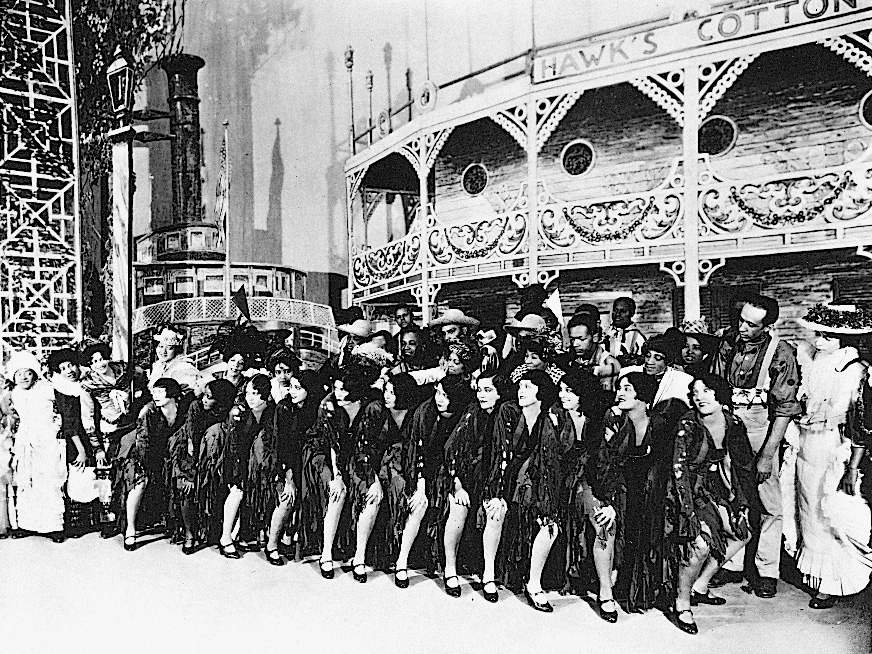Roaring Twenties was the period of the 1920’s in the United States. The Roaring Twenties were years of rapid economic growth, rising prosperity for many people, and far-reaching social changes for the nation. The period is sometimes called the Jazz Age, because of the new style of music and the pleasure-seeking people who made it popular. It is also called the Tribal Twenties, because of the rise of nativism (hostility toward foreigners). This nativism led to immigration restrictions and the growth of the Ku Klux Klan, a white secret society.

More than 116,000 American soldiers had died in World War I (1914-1918), answering President Woodrow Wilson’s call to “make the world safe for democracy.” After the war ended, large numbers of Americans wanted to forget about the troubles of Europeans and return to a normal life. But the war had brought many changes that set the stage for social and cultural clashes during the 1920’s. Spurred on by new prosperity and a desire to be “modern,” large numbers of Americans adopted new attitudes and lifestyles. They listened to jazz, drank bootleg liquor, and enjoyed other new thrills. Many other Americans, however, strongly disapproved of what they saw as immoral behavior and tried to enforce a national prohibition of alcoholic beverages.
Rising prosperity.
During the economic expansion of the Roaring Twenties, business profits boomed and the living standard rose for most Americans. From 1922 to 1929, the national income increased more than 40 percent, from $60.7 billion annually to $87.2 billion. The increased use of labor-saving machinery in factories and on farms enabled workers to produce more goods faster and less expensively.
Several new major industries expanded in the 1920’s. More and more people could afford to buy the Model T , the inexpensive automobile that Henry Ford had developed in 1908. The number of passenger cars in the United States jumped from fewer than 7 million in 1919 to about 23 million in 1929. Traffic jammed the nation’s highways and created a need for gas stations, roadside restaurants, tire manufacturers, and other businesses.
Loading the player...Henry Ford makes an affordable automobile
Radio also helped the economy. The value of radio sales in the United States jumped from $60 million in 1922 to almost $850 million in 1929. Popular network programs, such as “Amos ‘n’ Andy” and “The Philco Hour,” provided an effective method of advertising products to a nationwide audience. Radio commercials persuaded listeners to spend a larger share of their rising income. Stores developed installment payment plans and urged customers to “Buy now, pay later.” Higher wages and the use of credit enabled millions of Americans to purchase their first automobile, refrigerator, and washing machine.
During the 1920’s, most Americans came to regard big business as the foundation of society. They agreed with President Calvin Coolidge that “the business of America is business.” Coolidge’s comment symbolized the spirit of the era. Republican candidates—Warren G. Harding, Coolidge, and Herbert Hoover—won all three presidential elections of the 1920’s. Their policies reflected the belief that the economy can best regulate itself without government controls. Americans bought millions of copies of The Man Nobody Knows by Bruce Barton, the best-selling nonfiction book of 1925 and 1926. It called Jesus Christ the founder of modern business because he “picked twelve humble men and created an organization that won the world.”
John J. Raskob, vice president of the DuPont Company and the General Motors Corporation, declared that anyone who invested $15 a month in the stock market could make $80,000 in 20 years. Such promises of wealth persuaded many Americans to buy stocks. Stock prices had risen gradually since the early 1920’s, but they skyrocketed in 1927 and 1928. The average price of stocks on the New York Stock Exchange nearly tripled from 1925 to 1929. The high profits seemed to confirm President Hoover’s pledge of a new era of abundance, in which “poverty will be banished from this nation.”
Changing attitudes
toward foreign relations, society, and leisure revolutionized American life in the 1920’s. After World War I, many Americans demanded that the United States stay out of European political affairs. The Senate refused to approve the Treaty of Versailles, which officially ended the war with Germany and provided for the establishment of the League of Nations, a forerunner of the United Nations. Some senators argued that League membership could involve the United States in future European wars.
Industrial unrest and a fear of radicalism (desire for extreme changes or reforms) set off a nationwide panic called the Red Scare. Many Americans blamed what they regarded as an international Communist conspiracy for various protest movements and union activities in 1919 and 1920. They believed that immigrants from southern and eastern Europe were promoting radical ideas, and they called for restrictions on immigration. The Immigration Act of 1924 limited the number of immigrants from outside the Western Hemisphere.
Millions of white Americans joined a secret organization called the Ku Klux Klan. The Klan targeted Black people, Jews, Roman Catholics, and foreigners as threats to what it called “100 percent Americanism.” The Klan attracted men and women from throughout the Midwest, West, and South.
Political corruption made front-page headlines during the Roaring Twenties. Albert B. Fall, secretary of the interior under President Harding, was convicted of accepting a $400,000 bribe from two oil companies. Fall had arranged to secretly lease these companies three government oil reserves, including one at Teapot Dome, Wyoming (see Teapot Dome).
Breaking the law became fashionable after the 18th Amendment to the Constitution went into effect in 1920. This amendment prohibited the manufacture and sale of alcoholic beverages. After prohibition began, thousands of Americans began to make their own liquor at home or bought liquor provided by underworld gangs. Gangsters bootlegged liquor from Canada, supplied it to illegal bars called speakeasies, and bribed the police not to interfere. More than 500 gangland murders occurred as underworld mobs fought for control of the liquor traffic.
Many people feared that morality had crumbled completely. Before World War I, women had worn long hair, ankle-length dresses, and long cotton stockings. But in the 1920’s, many wore short, tight dresses and rolled their silk stockings down to their knees. They cut their hair in a boyish style called the bob and wore bright lipstick and other cosmetics. Couples danced cheek-to-cheek to blaring jazz music.

Most Americans kept busy having a good time. Radio was a major source of family entertainment. Families gathered in their living rooms in the evening to listen to comedies, dramas, and other programs. Charlie Chaplin, Mary Pickford, Rudolph Valentino, and other motion-picture stars attracted crowds to theaters. Sports fans jammed stadiums to watch such top athletes as home run slugger Babe Ruth and boxing champion Jack Dempsey. Charles A. Lindbergh, the “Lone Eagle,” received a hero’s welcome after making the first solo nonstop airplane flight across the Atlantic Ocean. Alvin (Shipwreck) Kelly won nationwide fame by sitting on top of a flagpole for 23 days and 7 hours.

Cultural trends.
The literature, art, and music of the 1920’s reflected the nation’s changing values. In his novel Main Street (1920), Sinclair Lewis attacked what he considered the dull lives and narrow-minded attitudes of people in a small town. Many American authors, including F. Scott Fitzgerald and Ernest Hemingway, lived in Paris during the period. Some of their finest works present the attitudes and experiences of the era’s so-called Lost Generation. H. L. Mencken, in his witty magazine The American Mercury, ridiculed the antics of dimwitted politicians, prohibitionists, and others.
Artists and composers were inspired by both the traditions and changes in American life. Joseph Stella painted soaring lines and precise geometric patterns to represent skyscrapers, his favorite theme. The paintings of Edward Hopper show the loneliness experienced by some people-even among familiar surroundings. George Gershwin became the most popular composer of the 1920’s. His best-known orchestral works, Rhapsody in Blue (1924) and An American in Paris (1928), feature many elements of jazz.

The end of an era.
By 1929, the U.S. economy was in serious trouble despite the soaring profits in the stock market. Since the end of World War I in 1918, farm prices had dropped about 40 percent below their prewar level. Farm profits fell so low that many farmers could not pay their debts to banks. Partly as a result, about 550 banks went out of business between July 1928 and June 1929. Also, industrial production rose about four times as fast as wages. People could not afford to buy goods as fast as industry manufactured them.
Loading the player...Great Depression
The illusion of unending prosperity was shattered on Oct. 24, 1929, when stock values plunged. Worried investors who had bought stock on credit began to sell it. A panic developed, and on October 29, stockholders sold a record 16,410,030 shares. From the start of the crash to mid-November, stock prices dropped about 35 percent. The stock market crash led to the Great Depression and brought an end to the Roaring Twenties.
